Mysteries Behind The Red Dot (Bindi) on Indian Women's Forehead
 |
| The Red Dot On Indian Women's Forehead - Photo: Ancient origins |
One of the most well-known body decorations worn by Hindu and Jain women, aside from the stunning saris and gold jewelry that define much of the culture of the Indian subcontinent, is the bindi, a red dot placed between the eyebrows on the forehead.
What does “bindi” mean?
The term “bindi” stems from the Sanskrit word bindu, which means drop or particle. Because of the many languages and dialects spoken throughout India, it is important to note that bindis are otherwise known by many other names, including kumkum, sindoor, teep, tikli and bottu.
A bindi is a mark of protection worn by many Hindus in the center of the forehead. The word is derived from the Sanskrit, bindu, which means “point” or “dot.” Bindu refers to the point from which creation begins and the bindi symbolizes this point.
The bindi is also seen as a “third-eye” on the forehead between the brows, warding off bad luck. The third-eye in Hinduism is not seeing the world as the other two are, but rather forging a connection with God. It keeps God in the forefront of our minds and thoughts. Hindus believe there are seven chakras, energy points in the body that should be aligned, and the bindi is placed right where the sixth one should be.
What is the origin of the Bindi?
Many names are used to refer to the bindi, including the Third Eye, the tikli, and even, in some parts of the western world, the red dot. Nevertheless, it is essential to point out that the bindi is available in a wide variety of hues, contours, and styles. This particular one is not usually colored red.
The term "bindi" originates from ancient Sanskrit literature that discuss face decorating and has been associated with the tilak that Hindu women have worn on their foreheads from the third and fourth century. This mark was originally applied on the forehead for two major reasons:
• For religion purposes
• To indicate that she is married
However, in modern times, the bindi has evolved into a method for many women of various ages to decorate the forehead. This does not necessarily indicate that the wearer is married or anything else similar. In addition, a number of famous people from Hollywood, such as Miley Cyrus and Madonna, have been spotted wearing bindis.
How does Bindi look like?
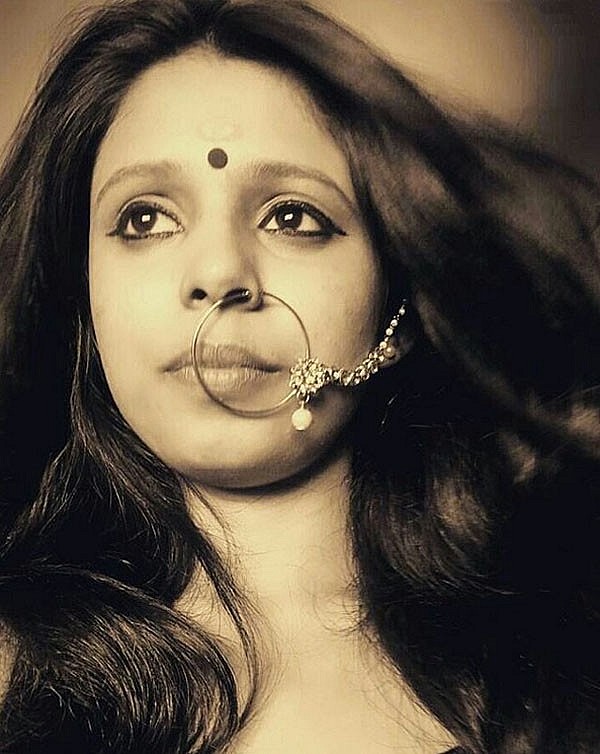 |
| Photo indiatimes |
Depending on the culture, the bindi may be colored red, yellow, or white. In most cases, the fragrant sandalwood, turmeric, or sindoor is ground up into a paste and used in the production of these. A bindi can take on a number of distinct forms, each of which corresponds to a particular geographical area or religious practice.
The most prevalent one is a red circle with a dot in the center, although people also wear half moons, parallel stripes, and "U" forms, all of which have their own distinct meanings. A bindi can also be termed tika, sindoor, pottu, kumkum, tilak and tilakam.
How many types of Bindis are there?
The Tiny Red Bindi
This urban fashion emerged during the 1930s and 1940s and appealed to the new contemporary lady of India in a way that was both stylish and traditional. It was popular in India at the time. This look was popularized during this time period by several fashion icons, such as Maharani Gayatri Devi and Amrita Sher-Gil, a pioneer of contemporary Indian art in the 20th century.
By the 1950s, the bindi had become tired of its role as a simple dot, and it began to take on a more experimental appearance, making its debut in a variety of ornamental patterns that were mostly popularized by actresses working in the Indian film industry.
The Decorative Bindi
In the 1950s, the bindi was bored of being a mundane dot and it became more experimental by appearing in decorative designs mostly popularised by actresses of the Indian film industry.
The Tilaka Bindi
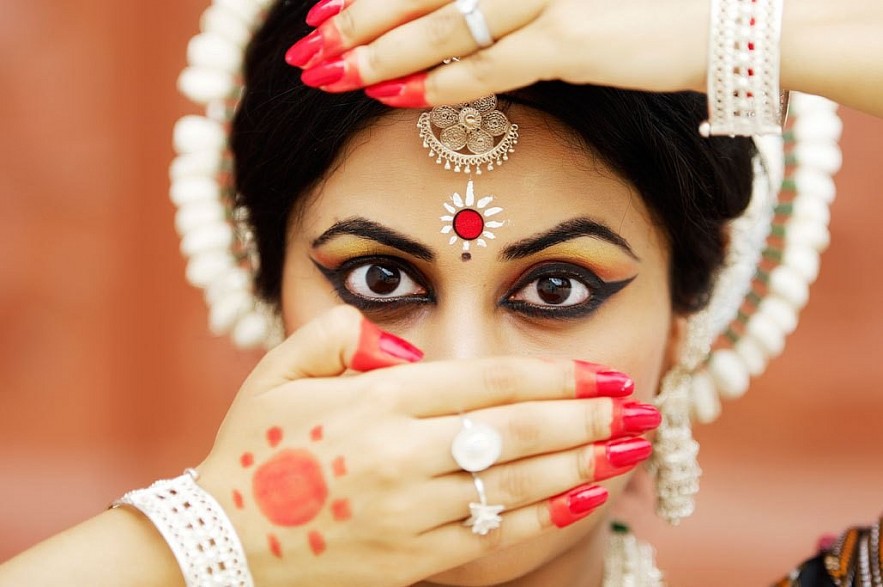 |
| Photo Hindu Portal |
In the 1950s and 1960s, the extended forehead mark known as the Tilaka inspired a striking new style for the traditionally feminine ornamental bindi.
With the bindi's meteoric rise in popularity, many women naturally wanted a faster and simpler method of donning the fad. Shingar kumkum emerged, a liquid type of kumkum that would dry on the forehead like a bindi. As a matter of fact, it survives to this day.
The era of the plastic stick-on bindi existed between the lac bindis of the early 20th century and the felt bindis of today. It was available in a wide range of colors, and its bright, glossy plastic construction was sturdy yet still very easy to work with.
READ MORE: Top 15 Most Beatutiful Indian Women Today
Why do Hindus wear a dot near the middle of their forehead?
Wearing a dot in the space between one's eyes or in the center of one's forehead is a visible symbol of one's Hindu faith. The bindi is referred to as bindu in Sanskrit and pottu in Tamil. Both sexes of ancient Hindu society had these markings and ear studs. In modern times, bindis are most commonly seen on the fingers of devout ladies.
There is esoteric significance to the dot. It stands for the spiritual "third eye" that can see beyond what the physical eyes can. Through the practice of yoga, Hindus want to sharpen their intuitive faculties. The dot on the forehead symbolizes a commitment to developing one's spiritual vision so as to see beyond the physical and get insight into life's inner workings. The bindi can be created with cosmetics, sandalpaste, or red powder (called sindur, historically created from powdered turmeric and fresh lime juice).
The Sanskrit word for forehead mark is tilaka, and there are numerous variations on this theme beyond the single dot. Those symbols denote the various religious subgroups that make up our large faith. Saivism, Vaishnavism, Shaktism, and Smartism are the four major religions of India. The white clay tilaka, worn by Vaishnava Hindus, in the form of a v. While elaborate tilakas are often reserved for religious ceremonies, many Hindus proudly display their faith with the simple bindi all the time. With this information, we may form an idea of the person's worldview and begin a dialogue from there.
| Other changes are seen in some single women wearing black dots, while married women wear red ones. Today, women often wear dots that match the color of their saris too. |
Is it mandatory to wear the Bindi for Indian women?This depends on the cultural background of the family, as some women need to wear the bindi, while many others don’t. For example, in Gujarat, Maharashtra, or Punjab, women can choose from their free will if they want to wear the bindi or not. However, in Bihar, Assam, Uttar Pradesh, and West Bengal, married women are obligated to wear the bindi. Finally, please note that even if they are obligated to do so, many unmarried women also wear the famous mark. |
Who can wear a Bindi?Some individuals might believe that only Hindus are permitted to wear the bindi, but in reality, Buddhism, Jainism, and Hinduism all firmly identify the bindi with the Ajna Chakra and the Bindu. Although some men now wear bindis during celebrations, the practice is still primarily associated with women. Nevertheless, because the bindi now has fewer constraints than in the past, more and more people choose to wear it as a decoration that matches their clothing. |
The “Sixth Chakra” and its Significance in Indian CultureThe sixth chakra, or "command center," is thought to be located between the eyebrows. It is also known as the "seat of veiled wisdom." Those who practice Tantra believe that the ajna is the channel via which the powerful energy released during meditation travels as it moves from the sacrum to the brain. It is said that the red point located between the brows regulates the body's energy levels and focus. It's the hub of the foundation of the universe, a beacon of hope and prosperity. According to Hindu belief, each person possesses three eyes total; two of them are used for taking in the world around them, while the third looks inside, with the intention of finding God. Because of this, the red dot is a symbol of piety and an ever-present reminder to put God at the heart of one's life. |
How to wear the Bindi?
First and foremost, the material used for the bindi can vary depending on the culture, but the main options remain as follows:
Vermilion
Sandalwood
Ash
Lac
Aguru
Mica
Kasturi
Red turmeric
Saffron
Sindoor
Ground with safflower
For some, all that's required is a simple dot drawn on the forehead; for others, a waxy substance like vaseline is put there. A bindi kit glue isn't the only option for affixing the bindi dot to the forehead; alternative options include eyelash glue, skin glue, and bindi kit glue.
In addition, you should know that pre-applied bindis are available for purchase and typically have their own adhesive backings. The stickiness will diminish if you try to apply it more than once, so it's important to make sure you stick it the first time.
Who still wears the Bindi in 2023?We won't sugarcoat it: less ladies wear bindis now that they're not as required as they once were. Although the bindi's religious and marital significance is still recognized, these uses are less common nowadays. Many westerners are using it as a fashion statement, which might be considered as inappropriate or even insulting by some. The bindi's cultural acceptance has been hotly discussed, so if you're not Indian, you shouldn't wear one merely to be different or to impress your pals. While not strictly illegal, going against the cultural norm of wearing the red dot might lead to awkward interactions. |
What are benefits of wearing Bindis?
 |
| Photo wedding bazaar |
Relieves stress, eye strain, fatigue and insomnia
You've undoubtedly noticed that when you're under a lot of pressure, the muscles in your eyebrows and forehead start to get really stiff and start to furrow.
Because this part of your body takes the brunt of your tension, resting here can be a very effective way to reduce stress overall. Due to the fact that it activates this region, Balasana, also known as Child's Pose, is often regarded as one of the most calming yoga postures.
Stimulating this region is also recommended in acupressure for the purpose of reducing tension, weariness, and eye strain.
Relieves headaches
According to acupressure, pressing this point for a few seconds can relieve a headache almost instantly, because a number of key nerves and blood vessels converge at this point.
Clears up your sinuses
This region is where the trigeminal nerve, which controls facial sensibility, originates and travels. The name gives it away: this nerve is the biggest of the cranial nerves, and it has three limbs. Stimulating this nerve can ease nasal pressure and edema.
Improves vision and eye health
The supratrochlear nerve also passes through this area. This nerve is a branch of the frontal nerve, which in turn is a branch of the ophthalmic division of the trigeminal nerve. It is connected to all the muscles around the eyes, so stimulating this nerve is believed to improve vision and eye health.
Significance in acupressure
Not only does yoga emphasize this, but so does the ancient Chinese technique of acupressure. The Third Eye (GV24.5) is a meridian acupressure point that, according to proponents of the practice, can improve health if pressed repeatedly for a few seconds each day.
You ladies know that it takes about that long to apply a bindi because you have to put it on, maybe nudge it about a bit, and then push down hard to make sure it remains on. You may still reap the same health advantages from wearing it even if it isn't precisely between your eyebrows but rather a bit higher.
Boosts memory and concentration
According to both yoga and acupressure, stimulating this point boosts memory and concentration.
Improves intuition and awareness
According to pranayama, this chakra is linked to intuition, creativity, spiritual awareness, visualisation, wisdom, intellect and understanding.
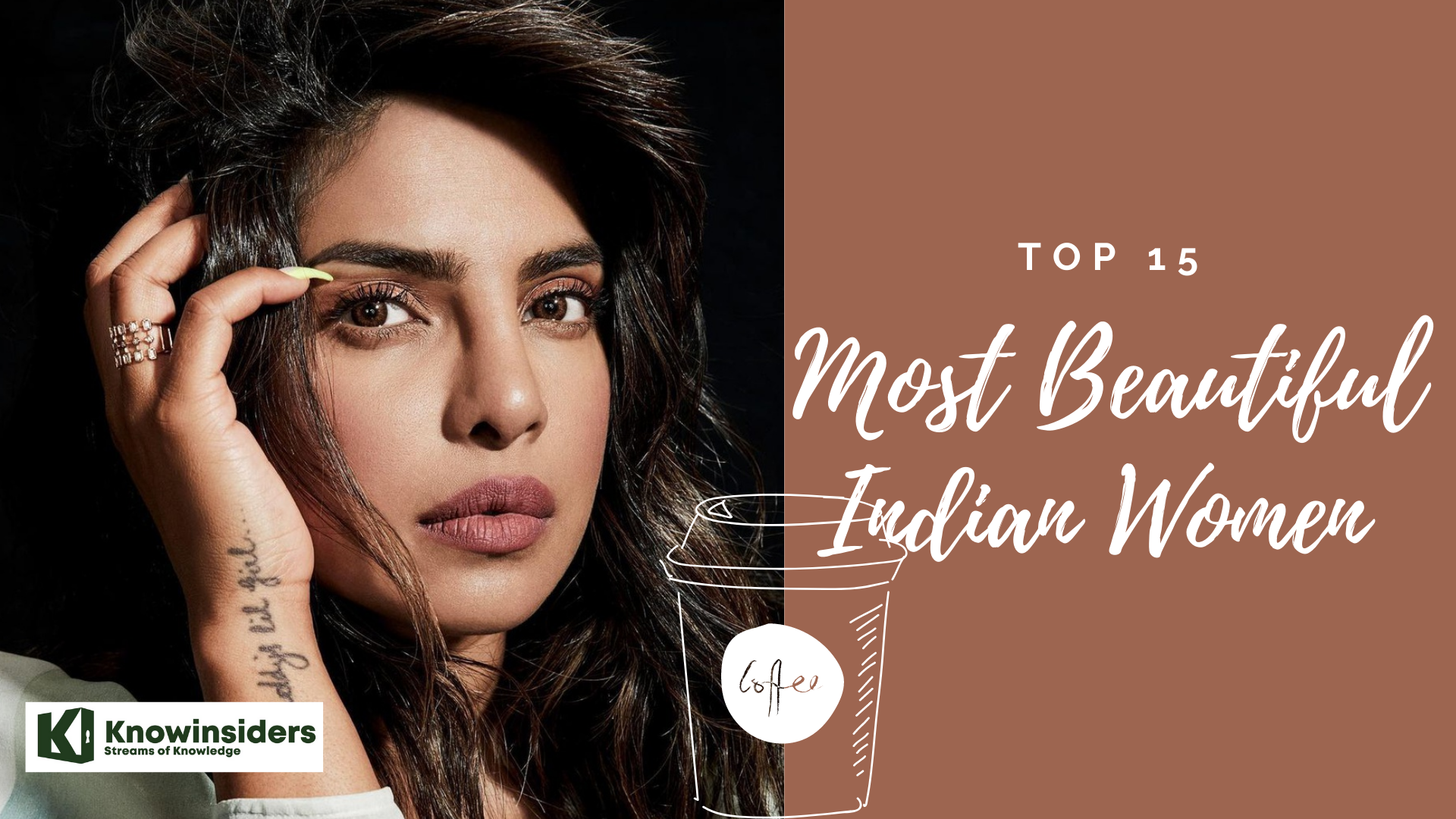 Top 15 Most Beatutiful Indian Women Today Top 15 Most Beatutiful Indian Women Today Let's check out the list of top 15 most beautiful Indian women for today - updated in 2022/2023. |
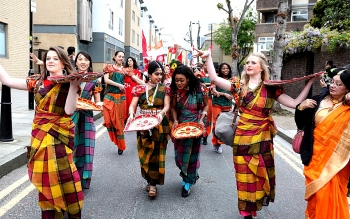 What Are The Most Popular New Year Traditions in India What Are The Most Popular New Year Traditions in India Check out the New Year traditions and cultural celebrations all over in India! |
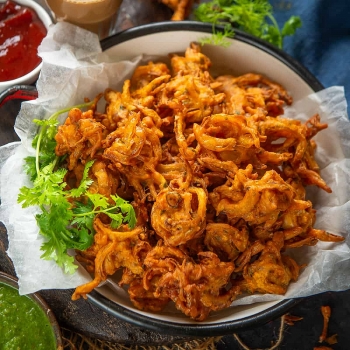 5 Most Popular Dishes for New Year’s Eve Indian Feast 5 Most Popular Dishes for New Year’s Eve Indian Feast Whatever you might have done over the course of the year will probably be exceeded on December 31st night. Here is a list of Indian ... |
























